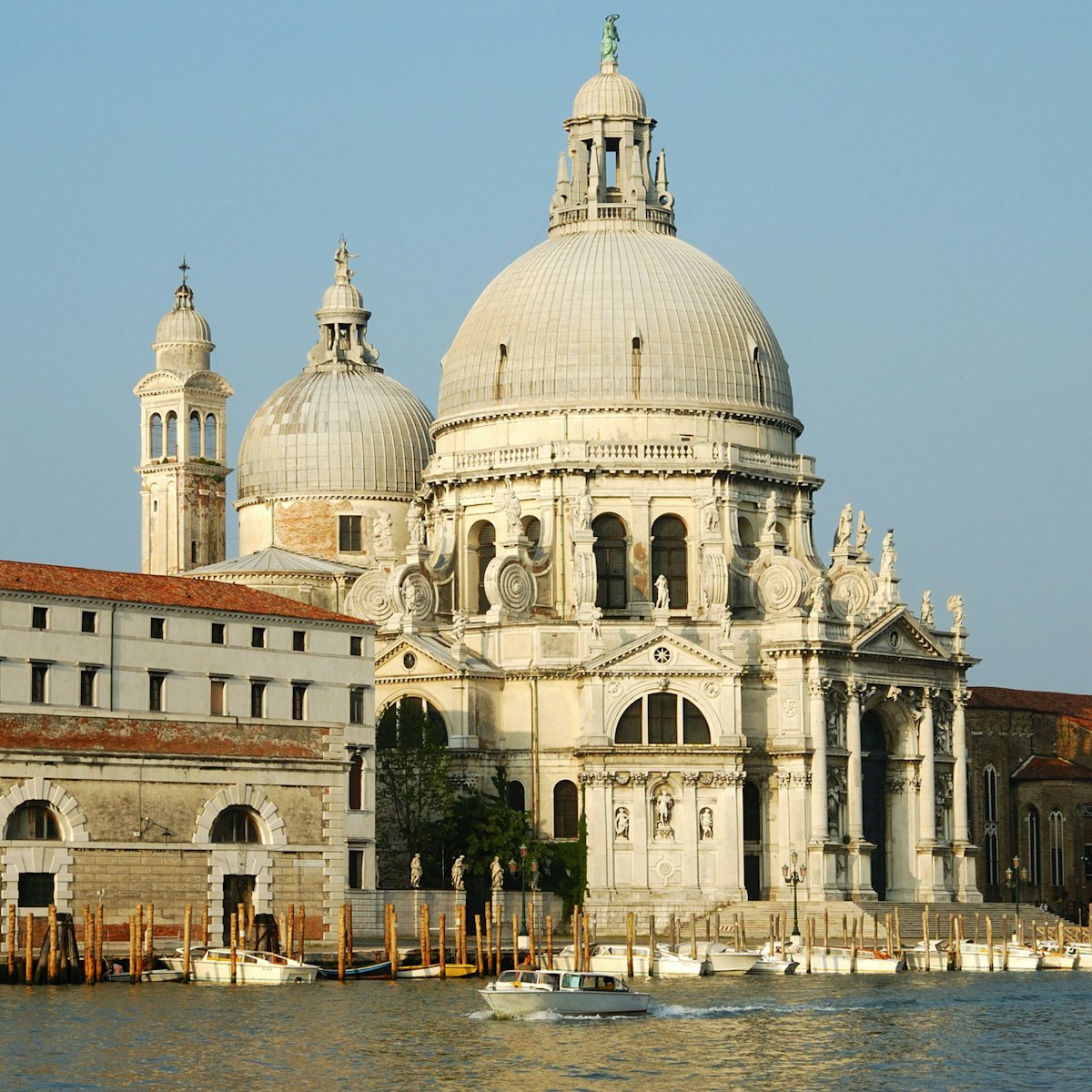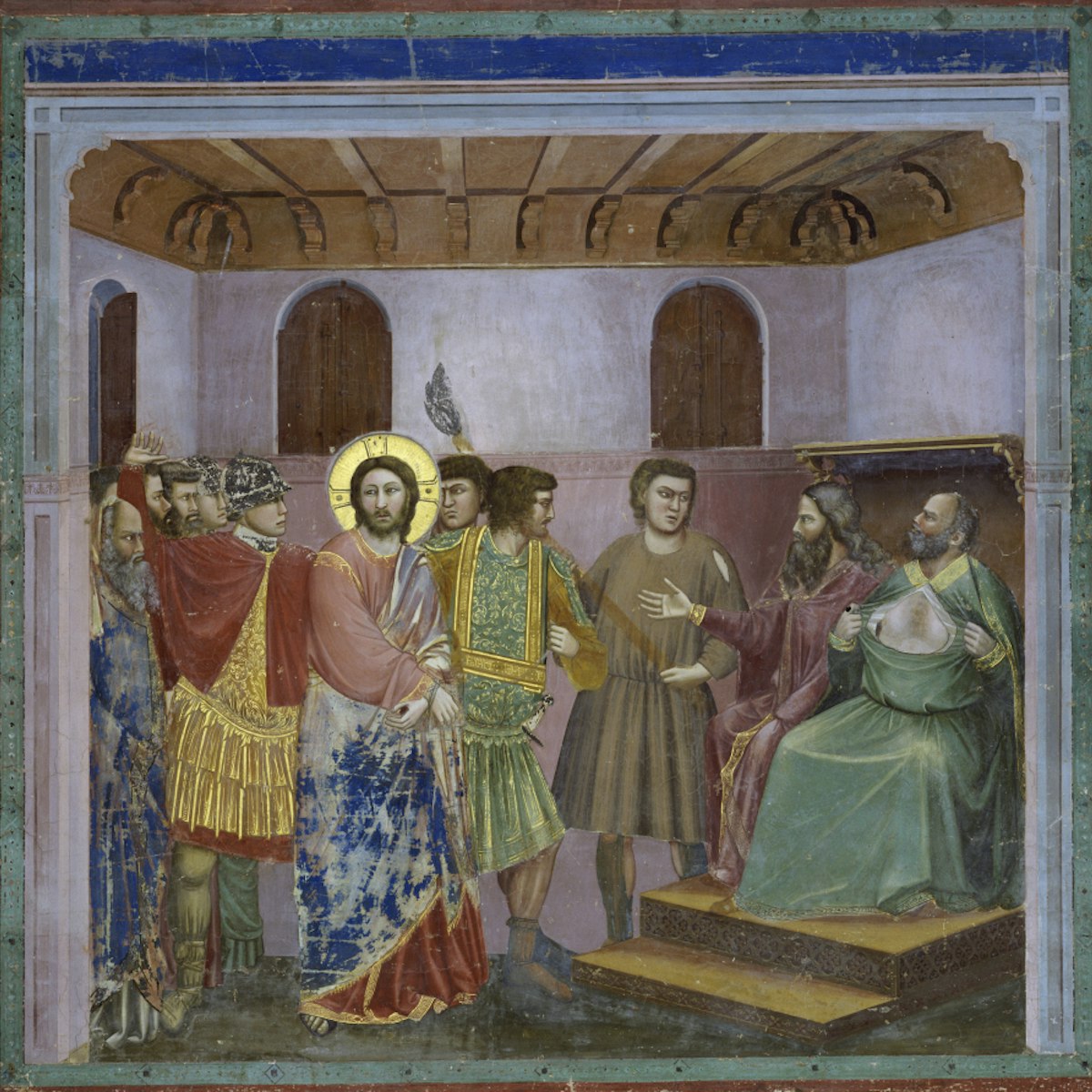Padua’s Museum of Medical History is a fascinating mash-up of historical artefacts and high-tech exhibits that detail the city’s outsized contribution to world medicine between the 16th and 18th centuries. Virtual guides representing Padua’s most famous physicians narrate the university’s greatest discoveries in thematic displays covering how the human body functions, fails and is treated. The journey ends in an Anatomical Theatre, mimicking the original theatre in Palazzo Bo, where a giant mannequin lies on a dissection table ready for an augmented-reality investigation.
The building resonates with history, too. It was the city’s first public hospital, San Francesco il Grande, financed by wealthy heiress Sibilia de’Cetto and Baldo Bonafari da Piombino and built in 1414. It replaced the medieval hospices and can reasonably be called the first hospital as it was here that medical students started to learn clinical practice at a patient’s bedside, thus laying the foundations for the modern, academic approach towards medicine.
Among the great names who studied, researched and taught here are Andrea Vesalius, father of modern anatomy; Giovanni Morgagni, father of modern pathology; Prospero Alpini, pioneering botanist, Prefect of the Botanical Garden and the father of modern pharmacology; and Santorio Santorio, the physician and inventor, who introduced the quantitative approach into medicine and invented several medical instruments in order to measure physiological symptoms, including the thermometer. Part science centre, part museum, it is an understandable hit with kids.







